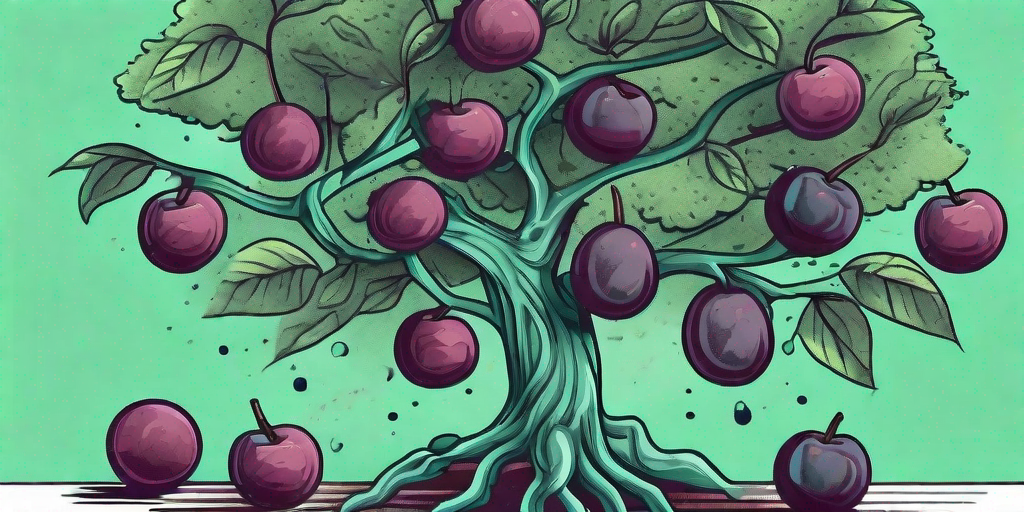
If you're a proud owner of plum trees, you're well aware of the joy these fruity wonders bring. But, like any living thing, they're susceptible to diseases. Don't let your plum trees turn into a sickly sight. Instead, arm yourself with knowledge and a cheeky grin to combat these common diseases.
Understanding Plum Tree Diseases
Before we dive into the nitty-gritty of combating diseases, let's take a moment to understand what we're up against. Plum trees can fall victim to a variety of diseases, each with its own set of symptoms and treatments. It's like a soap opera, but with trees.
From fungal infections to bacterial diseases, plum trees have seen it all. But don't worry, we're here to help you make sense of it all and turn your garden into a disease-free haven.
Fungal Diseases
Fungal diseases are like the annoying relatives who overstay their welcome. They're caused by various fungi that thrive in damp conditions. Some common fungal diseases include Black Knot, Brown Rot, and Leaf Spot.
Black Knot causes black, swollen growths on branches, while Brown Rot results in browning and rotting of the fruit. Leaf Spot, on the other hand, leads to spots on leaves. Original name, right?
Bacterial Diseases
Bacterial diseases are the uninvited guests at your garden party. They're caused by bacteria and can lead to serious damage if not treated promptly. Bacterial Canker and Crown Gall are two such diseases.
Bacterial Canker causes sunken, oozing areas on the bark, while Crown Gall results in abnormal growths at the base of the tree. Sounds like a horror movie, doesn't it?
How to Combat Plum Tree Diseases
Now that we've identified the culprits, let's get down to business. It's time to roll up your sleeves and show these diseases who's boss.
Remember, the key to successful treatment is early detection and prompt action. So, keep a close eye on your trees and act at the first sign of trouble.
Prevention is Better Than Cure
As the old saying goes, prevention is better than cure. This holds true for plum tree diseases as well. By following a few simple steps, you can keep your trees healthy and happy.
- Ensure proper spacing between trees to allow air circulation
- Prune regularly to remove dead or diseased branches
- Water properly, avoiding overwatering or underwatering
- Use mulch to maintain soil moisture and temperature
Treatment Options
If your trees do fall victim to diseases, don't panic. There are several treatment options available. From organic methods to chemical treatments, you can choose the one that best suits your needs.
Organic methods include using neem oil or baking soda sprays, while chemical treatments involve fungicides or bactericides. Remember to always follow the manufacturer's instructions when using these products.
FAQs
How often should I inspect my plum trees for diseases?
It's a good idea to inspect your trees at least once a week. This way, you can catch any diseases early and start treatment promptly.
Can I use homemade remedies to treat plum tree diseases?
Yes, homemade remedies like baking soda sprays can be effective against certain diseases. However, for severe infections, it's best to use commercial products.
Can I prevent diseases by planting disease-resistant varieties?
Absolutely! Planting disease-resistant varieties is a great way to reduce the risk of diseases. However, keep in mind that no variety is completely immune to all diseases.
Conclusion
And there you have it, a comprehensive guide to combatting common plum tree diseases. With a bit of knowledge and a dash of humor, you can keep your trees healthy and disease-free. So, say goodbye to sickly plum trees and hello to a lush, fruitful garden.











